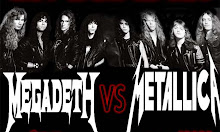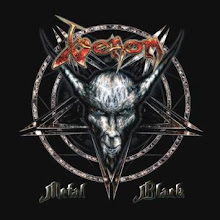 Heavy metal music is perceived by many members of the goth subculture as the "crass, crude macho antithesis of everything that their music represents". In contrast to the "softer" and "more feminine" character of gothic music, the heavy metal genre is typically associated with aggression, sexism and masculinity. Despite this difference, "a few bold souls have identified Black Sabbath’s eponymous 1970 debut album as the first ever 'Goth-rock' record". The author Gavin Baddeley notes that the title track of the album "describes a satanic rite, complete with driving-rain and tolling bell sound effects, while the cover focuses on a black-cloaked, spectral-looking girl in a graveyard, shot through a sickly pale ochre filter". Other commentators have described Black Sabbath as the "absolute prototype gothic heavies" and observed that by separating the band's music "from their heavy metallic connotations", one "could cull a killer Goth album from their first five LP's, with every future reference point and requirement intact".
Heavy metal music is perceived by many members of the goth subculture as the "crass, crude macho antithesis of everything that their music represents". In contrast to the "softer" and "more feminine" character of gothic music, the heavy metal genre is typically associated with aggression, sexism and masculinity. Despite this difference, "a few bold souls have identified Black Sabbath’s eponymous 1970 debut album as the first ever 'Goth-rock' record". The author Gavin Baddeley notes that the title track of the album "describes a satanic rite, complete with driving-rain and tolling bell sound effects, while the cover focuses on a black-cloaked, spectral-looking girl in a graveyard, shot through a sickly pale ochre filter". Other commentators have described Black Sabbath as the "absolute prototype gothic heavies" and observed that by separating the band's music "from their heavy metallic connotations", one "could cull a killer Goth album from their first five LP's, with every future reference point and requirement intact".The "vaguely medieval, minor-key sounds" of Rainbow, Dio and Judas Priest has also been described as "gothic" prior to "the emergence of goth rock as a post-punk genre". The bands Blue Öyster Cult and Iron Maiden have featured some gothic lyrics in their music on songs such as "(Don't Fear) The Reaper" and "Phantom of the Opera". Deep Purple's song "Stormbringer" has been called a "goth metal treasure". The Danish metal band Mercyful Fate had also demonstrated "a Gothic obsession with evil and the occult". Frontman King Diamond continued exploring his interest in gothic storytelling after establishing a solo career under his own moniker, issuing "a series of concept albums which told Gothic horror tales with sound effects and song". During the 1980s, the former Misfits frontman Glenn Danzig also "occupied the no man's land between Goth and heavy metal". With the dissolution of his second band Samhain in 1988 and the creation of his own eponymous act, Danzig went on to combine heavy metal riffs with "a heavily romanticized, brooding, gothic sensibility".
The Swiss group Celtic Frost was another precursor to gothic metal, translating the influence they drew from gothic rock acts Bauhaus and Siouxsie & the Banshees into their own albums. The band's "radical fusion of violent black metal and elements of classical music" was dubbed "avant-garde" and had a huge impact "on the evolution of European heavy metal". Christofer Johnsson of the symphonic metal band Therion cites Celtic Frost's 1987 album Into the Pandemonium in particular for playing a key role in the development of the "gothic and symphonic wave of bands" in the 1990s, noting further that neither his group Therion nor Paradise Lost "would have sounded the way we did without Celtic Frost".






No comments:
Post a Comment